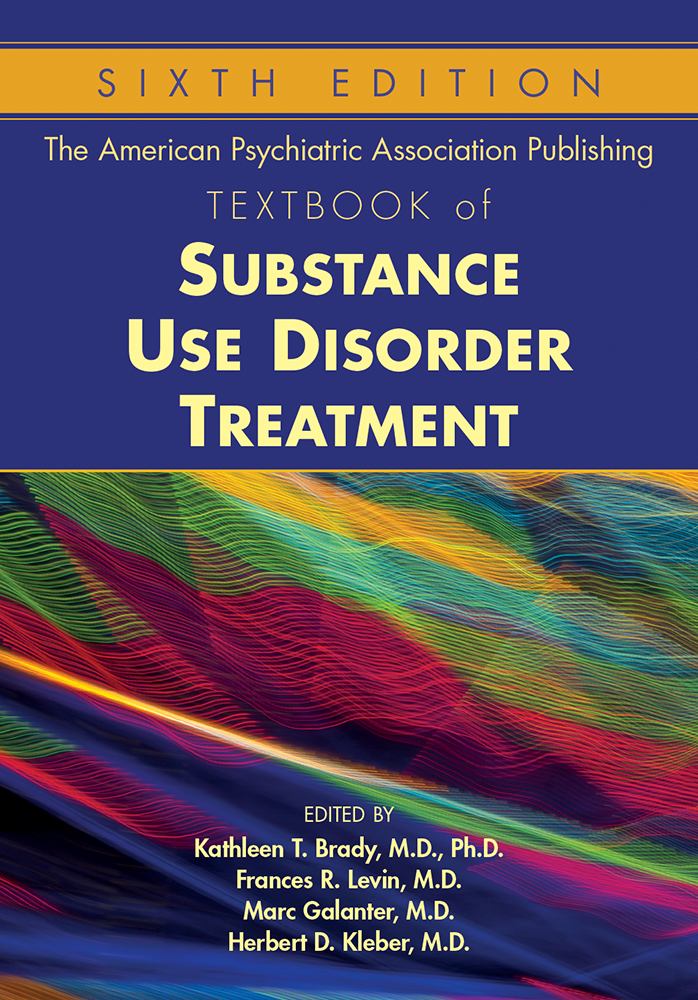Sections
Excerpt
Although clinicians and laypeople refer to behavioral addictions, most of these “addictions” have not been officially classified in either the Diagnostic and Statistical Manual of Mental Disorders (DSM) or the International Classification of Diseases (ICD). Reservations about creating a scientific category for behavioral addictions, such as compulsive eating, sex, pornography use, Internet use, and exercise, were summed up during discussions about the inclusion of gaming disorder in ICD-10 (World Health Organization 1992). Concerns regarding classification of behavioral addictions include the following: 1) difficulties defining each disorder; 2) creating criteria that may lead to labeling as pathological some behaviors that are in the spectrum of normal; 3) the notion that pathological compulsive and repetitive behaviors can take almost an infinite number of manifestations; and 4) the idea that these compulsive behaviors could be subsumed under a more general personality or psychiatric condition that leads to the behaviors. As a result of these concerns, gambling disorder is considered the prototypical example of a behavioral addiction, and it is the only one that has been formally recognized in DSM-5 (American Psychiatric Association 2013). In light of the above, the remainder of this chapter focuses on the diagnosis, epidemiology, course, and treatment of gambling disorder. This chapter is based on studies using the DSM-IV (American Psychiatric Association 1994) classification of pathological gambling (requiring at least 5 of 10 listed diagnostic criteria) and problem gambling (meeting fewer than 5 of the criteria and generally considered a subsyndromal form of pathological gambling). Throughout the chapter, we use the term gambling disorder to denote both pathological and problem gambling.
Access content
To read the fulltext, please use one of the options below to sign in or purchase access.- Personal login
- Institutional Login
- Sign in via OpenAthens
- Register for access
-
Please login/register if you wish to pair your device and check access availability.
Not a subscriber?
PsychiatryOnline subscription options offer access to the DSM-5 library, books, journals, CME, and patient resources. This all-in-one virtual library provides psychiatrists and mental health professionals with key resources for diagnosis, treatment, research, and professional development.
Need more help? PsychiatryOnline Customer Service may be reached by emailing [email protected] or by calling 800-368-5777 (in the U.S.) or 703-907-7322 (outside the U.S.).



